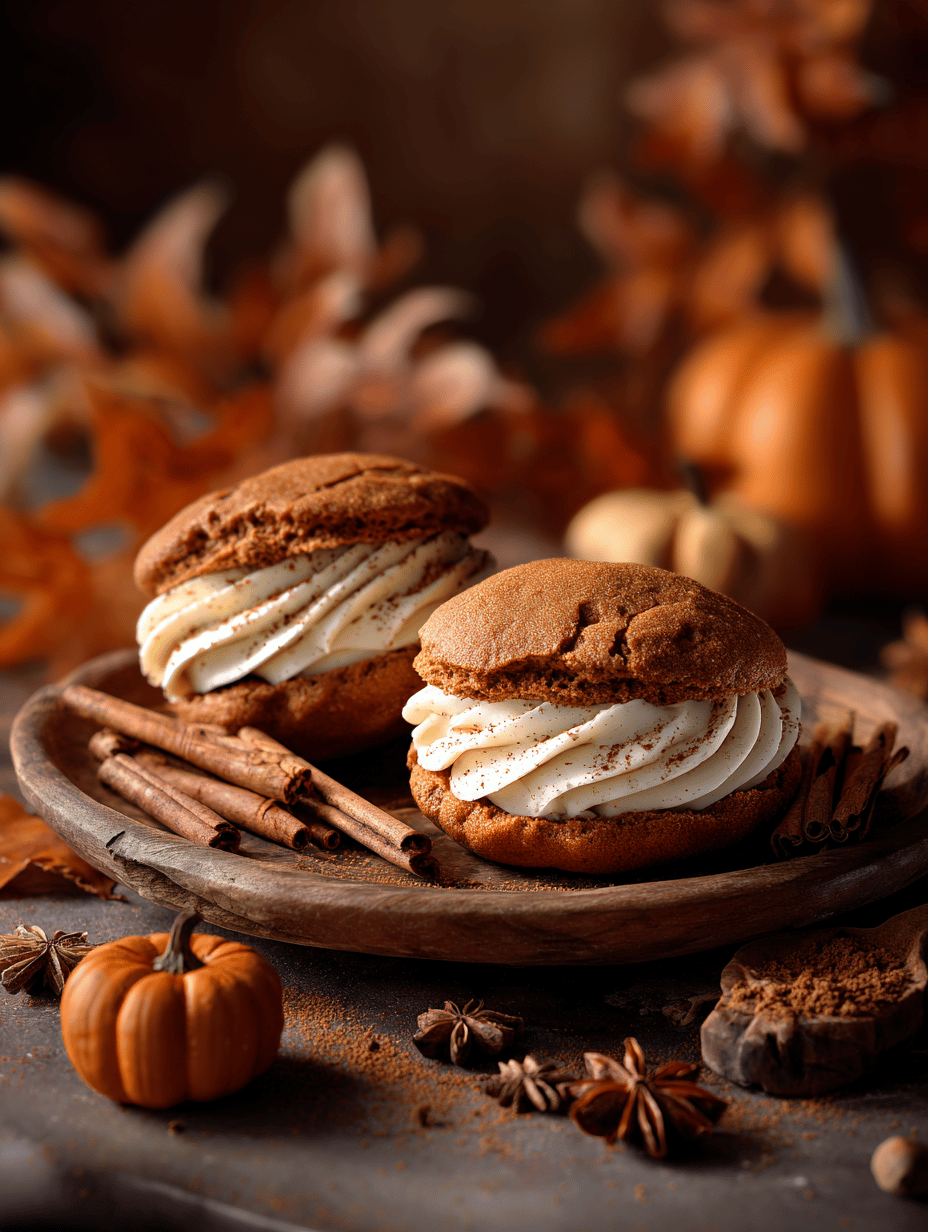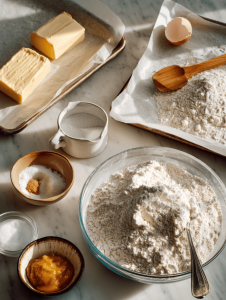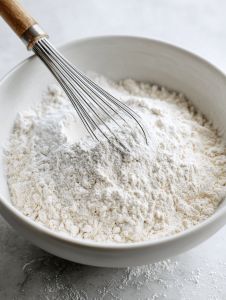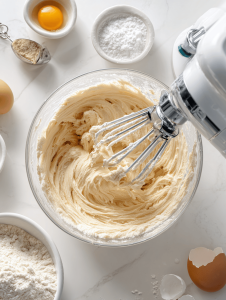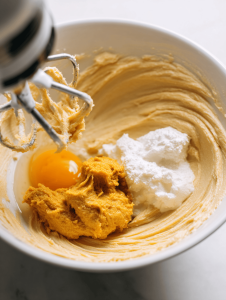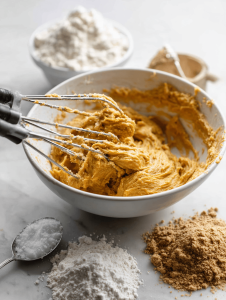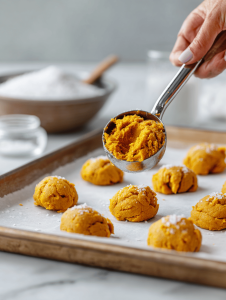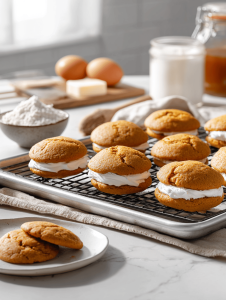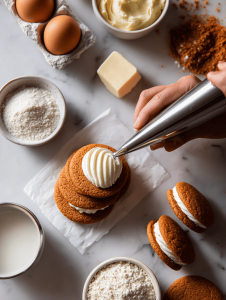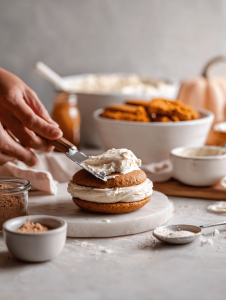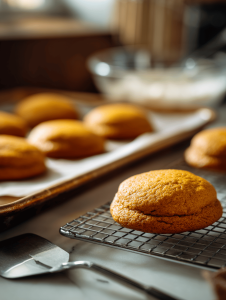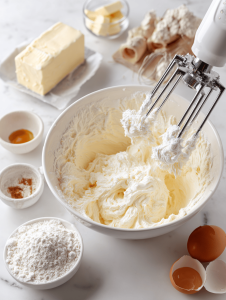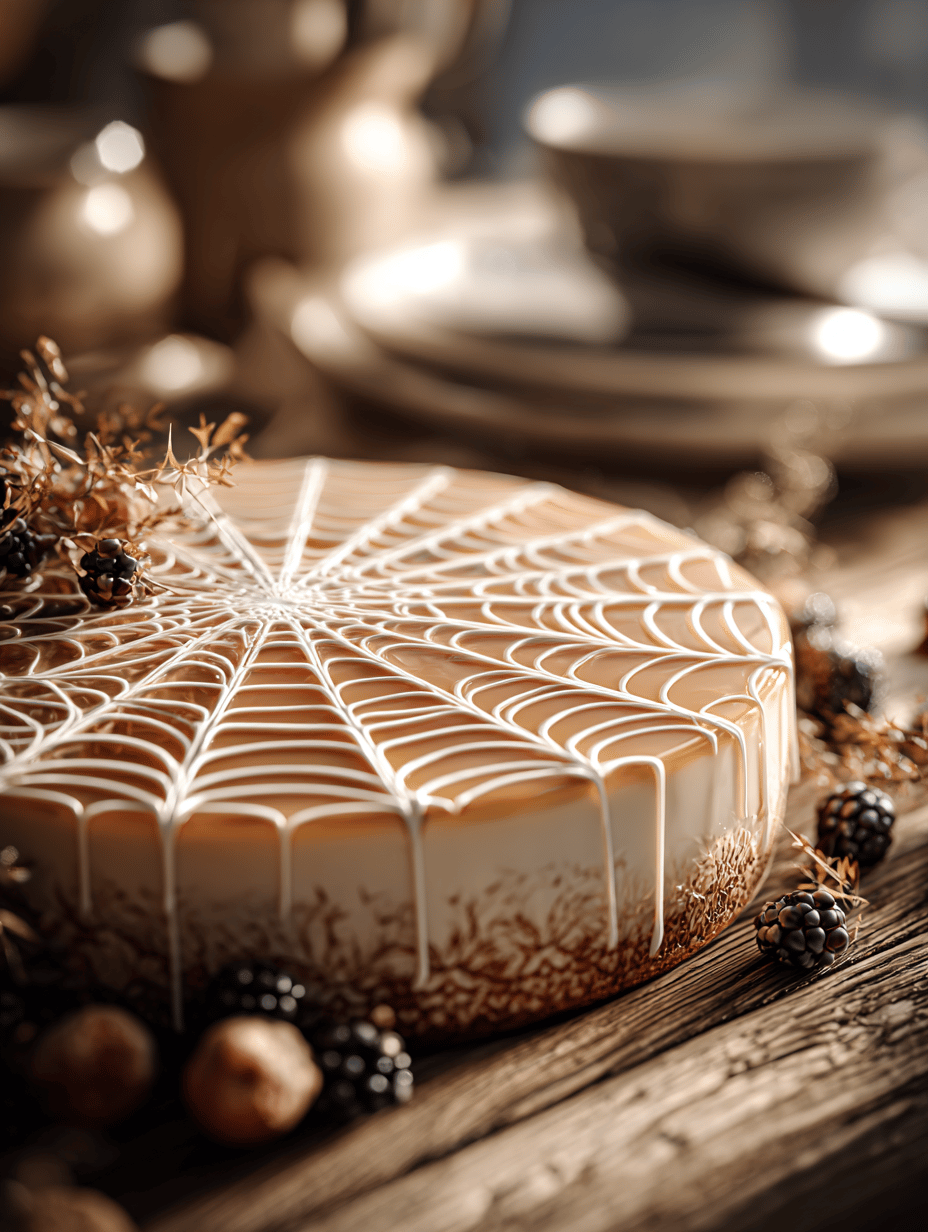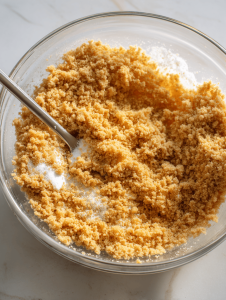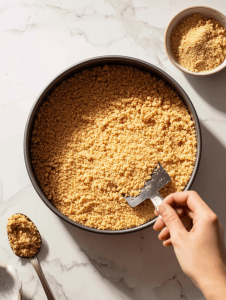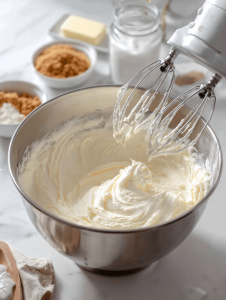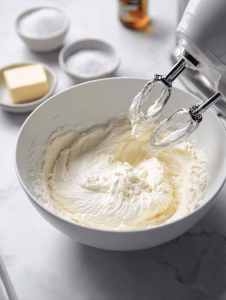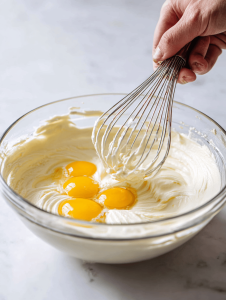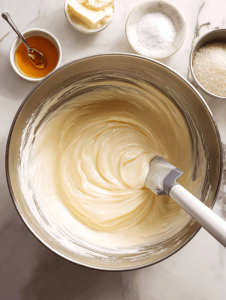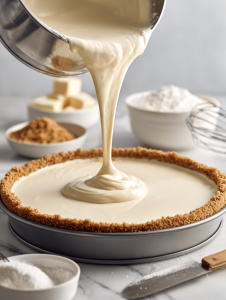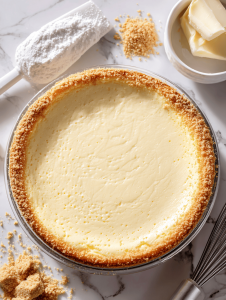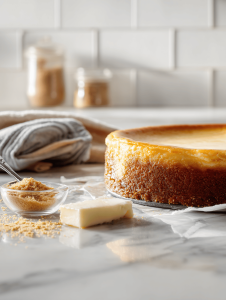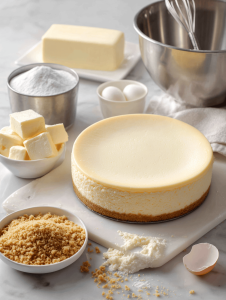Pretzel bites are not just a snack, they’re a small act of rebellion against the perfectly uniform. There’s something about shaping and boiling that transforms simple dough into a chewy, salty treat. I like to make them when I want something warm, a little messy, and utterly satisfying. They bring back memories of fairgrounds and street fairs, but with a homemade twist that feels just right.
Why I keep returning to this recipe
The process is oddly satisfying, from mixing to boiling, with that final golden glow. Plus, the smell of baking dough, salty and warm, is addictive. These bites are imperfectly perfect, a little rough around the edges, but always delicious. They remind me that simple ingredients, handled with care, can turn into something memorable. That’s why they’re my go-to when I need a quick, joyful bake.
Inside the pretzel magic, ingredient by ingredient
- Warm water: I keep it just above hand-temperature, around 38°C (100°F), for yeast activation. Skip hot water, or yeast dies.: Acts as the base for the dough, helps yeast activate.
- Yeast: Instant or active dry, I like the quick fizz of fresh yeast. Use less if you want a denser bite.: Leavens the dough, gives it that airy, chewy crumb.
- Flour: Bread flour is best, for chew. All-purpose works in a pinch but less chewy.: Creates the structure, the backbone of your pretzel.
- Baking soda: The secret to that shiny, pretzel crust. It makes the water alkaline—think of it as a pretzel bath.: Gives pretzels their characteristic color and flavor.
- Coarse sea salt: For sprinkling on top. It’s the finishing touch that makes every bite salty and crunchy.: Adds flavor and texture contrast.
- Egg: Beaten, for that glossy, golden finish. Skip if you’re vegan—use plant-based milk or oil.: Creates a shiny, attractive crust.
Tools of the pretzel trade
- Large pot: For boiling the pretzel bites in baking soda water.
- Baking sheet: To bake the pretzel bites on, lined with parchment.
- Slotted spoon: To remove the pretzels from boiling water gently.
- Pastry brush: To brush the pretzels with egg wash for a shiny finish.
- Measuring cups and spoons: To measure ingredients precisely.
Step-by-step to chewy, salty bites, with a twist
Step 1: Mix warm water, sugar, and yeast in a bowl. Let sit until frothy, about 5 minutes.
Step 2: Add flour and salt, knead until smooth and elastic, about 8 minutes.
Step 3: Divide dough into small balls, about the size of a golf ball.
Step 4: Bring water to a boil with baking soda in a large pot.
Step 5: Shape each dough ball into a pretzel shape or just a bite-sized knot.
Step 6: Boil each piece for 30 seconds, then remove with a slotted spoon.
Step 7: Brush with beaten egg, sprinkle with coarse salt.
Step 8: Bake at 220°C (430°F) for 12-15 minutes until golden and puffy.
Cooking checkpoints to keep you on track
- Dough should be smooth, elastic, and just a little sticky.
- Boiling for 30 seconds gives that classic pretzel chew and shiny crust.
- Salt sprinkle should be generous but not overwhelming.
- Baking until golden brown means they’re cooked through and crisp on the outside.
Common pitfalls and how to fix them
- Dough is too sticky or crumbly.? DIDN’T knead enough? Knead for an extra minute to develop gluten.
- Pretzels are dense or tough.? BOILING too long? 30 seconds is enough, or pretzels get too dense.
- Pretzels taste bland.? FORGOT to salt the water? Add salt to enhance flavor.
- Pretzels burn on top.? OVEN too hot? Keep it at 220°C (430°F) to avoid burning.
Homemade Pretzel Bites
Ingredients
Equipment
Method
- Mix the warm water, sugar, and yeast in a large bowl. Let sit until frothy and bubbly, about 5 minutes, which indicates the yeast is active.
- Add the bread flour and salt to the yeast mixture. Knead with your hands or a dough hook until the dough becomes smooth, elastic, and just slightly sticky, about 8 minutes. This develops gluten for that chewy texture.
- Divide the dough into small golf ball-sized pieces and roll each into a smooth ball. Cover and let rest for 10 minutes to relax the gluten.
- Preheat your oven to 220°C (430°F). Bring a large pot of water to a boil, then stir in the baking soda. This alkaline solution gives the pretzels their characteristic shiny, brown crust.
- Shape each dough ball into a pretzel shape or a small knot. Carefully drop each piece into the boiling baking soda water, boiling for 30 seconds to achieve that chewy, glossy exterior.
- Use a slotted spoon to remove the boiled pretzels and place them onto a parchment-lined baking sheet.
- Brush the pretzels generously with the beaten egg to give them a shiny, golden finish. Sprinkle coarse sea salt on top for that salty crunch.
- Bake in the preheated oven for 12-15 minutes, or until the pretzels are deep golden brown and puffy. The smell of warm dough and salty goodness will fill your kitchen.
- Remove from oven and let cool slightly. Serve warm, and enjoy the chewy, salty bites that are perfect for snacking or sharing!
